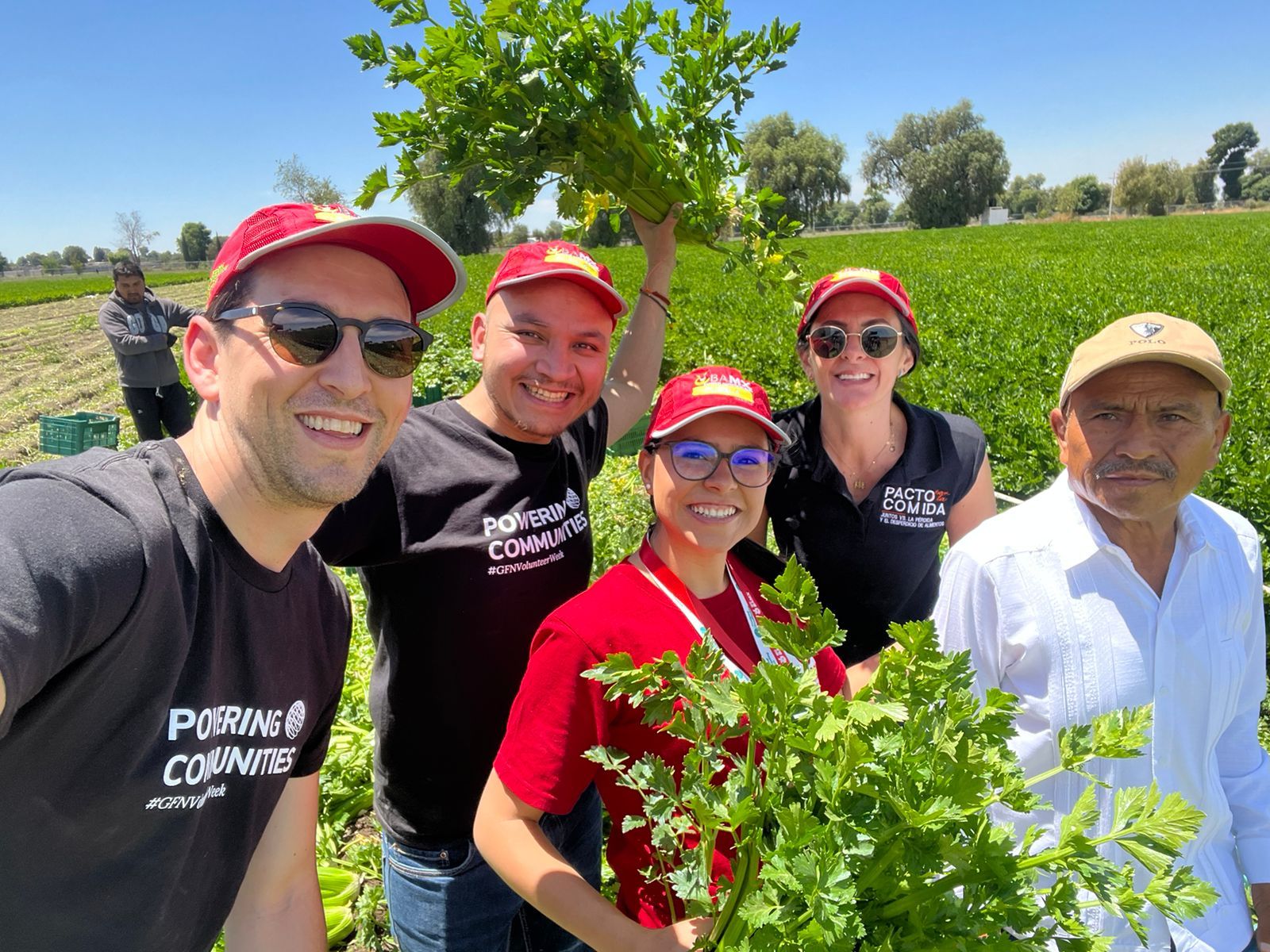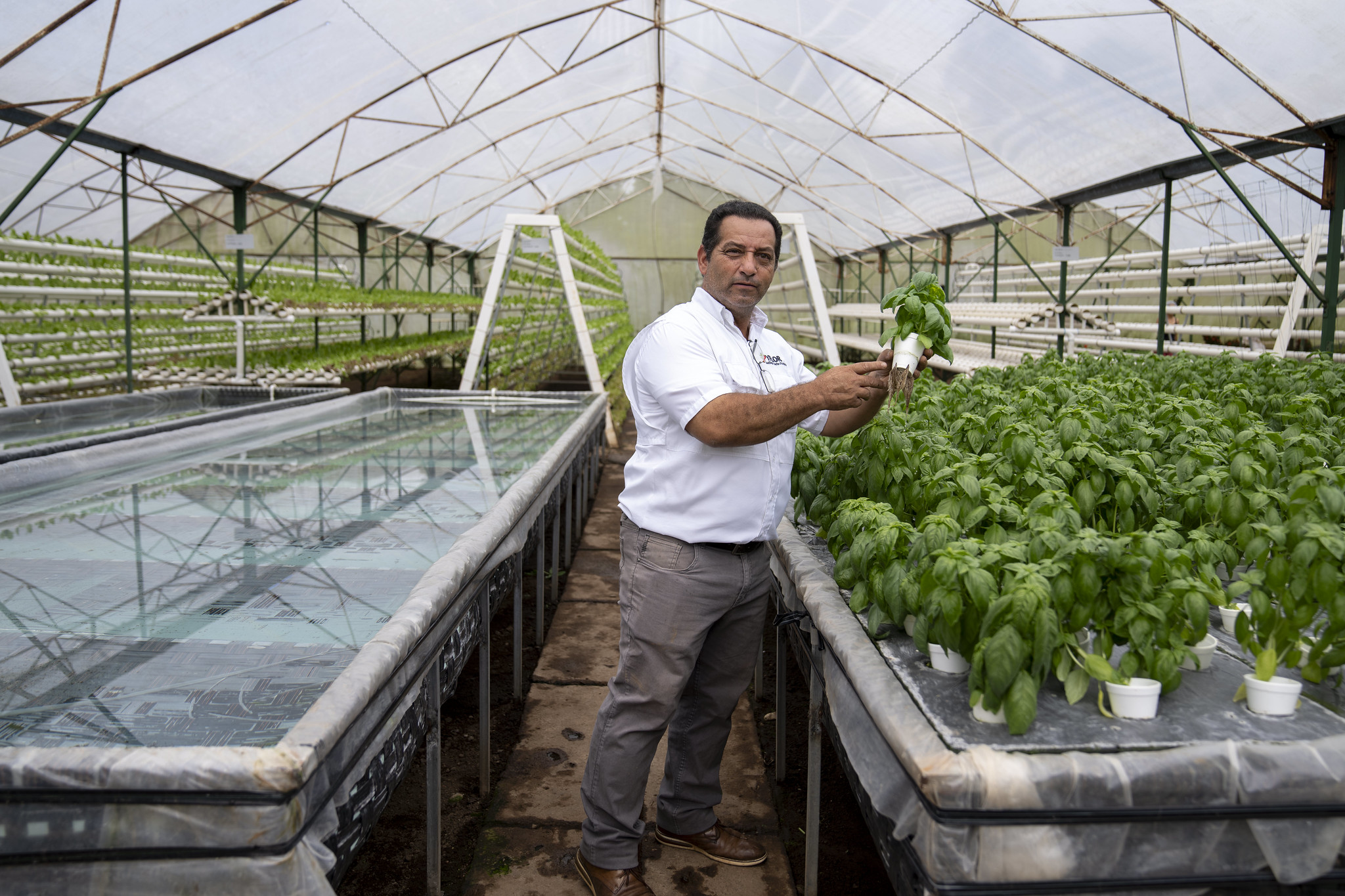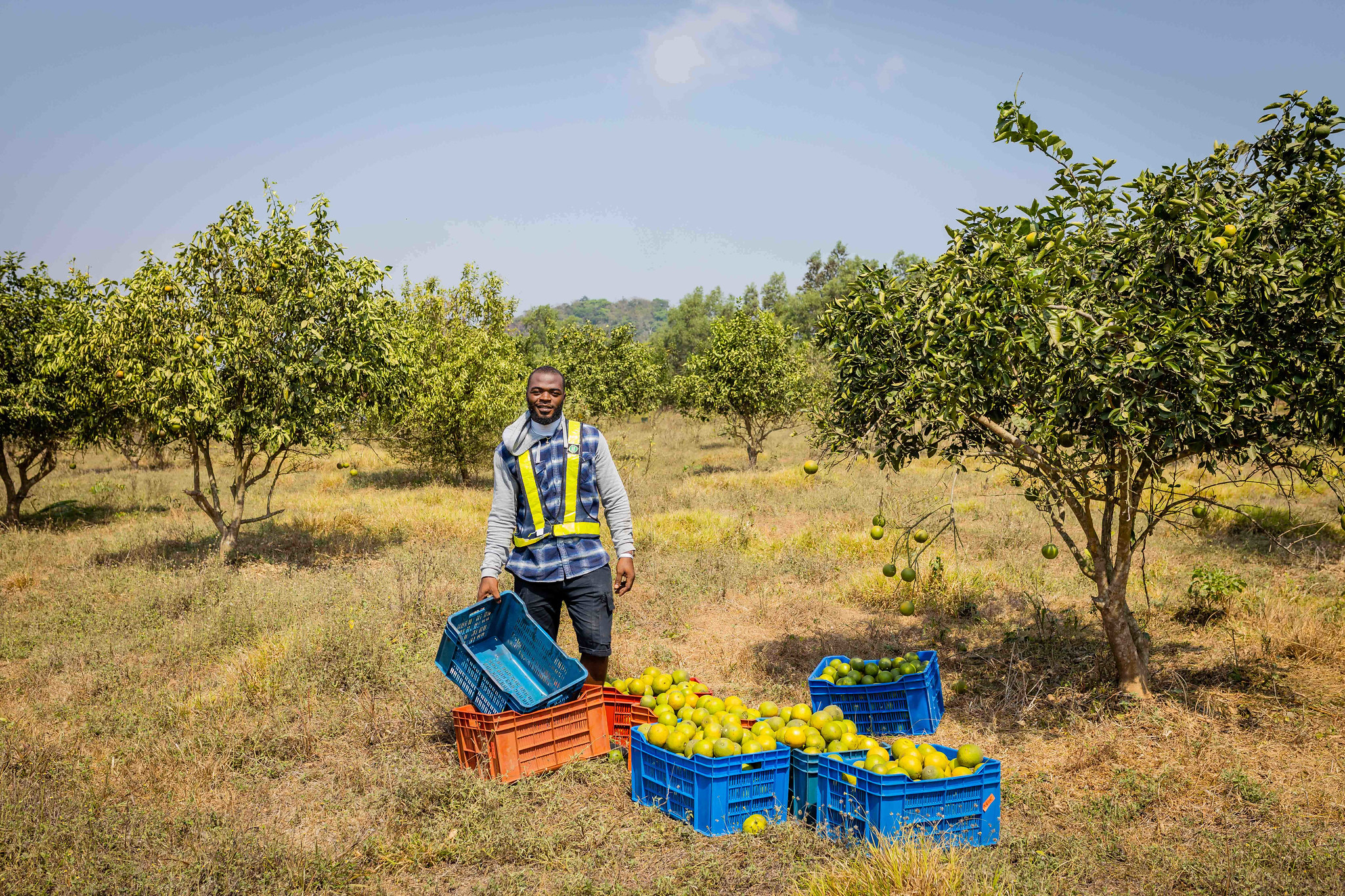Mười lăm năm trước, Mạng lưới Ngân hàng Thực phẩm Toàn cầu được thành lập để đảm bảo rằng mọi người trên khắp thế giới đều có thể tiếp cận được thực phẩm. Sứ mệnh rất đơn giản: khởi động, củng cố và duy trì mạng lưới toàn cầu gồm các ngân hàng thực phẩm địa phương để hỗ trợ cộng đồng khi họ cần nhất. Sứ mệnh này vẫn hướng dẫn chúng ta ngày nay.
Đổi mới để Giảm nhẹ kỷ niệm 15 năm thành lập của chúng tôi bằng cách nêu bật 15 cải tiến độc đáo—các phương pháp tiếp cận và điều chỉnh mang tính thay đổi cuộc chơi từ GFN và các ngân hàng thực phẩm thành viên nhằm giúp các nỗ lực xóa đói giảm nghèo trở nên hiệu quả, hiệu quả và toàn diện hơn. Bắt đầu vào Ngày Quốc tế Nhận thức về Mất mát và Lãng phí Thực phẩm và kết thúc vào Ngày Lương thực Thế giới, chiến dịch này chứng minh các ngân hàng thực phẩm là một thành phần quan trọng như thế nào để giải quyết nạn đói bắt nguồn từ cộng đồng mà họ phục vụ và cần thiết cho các hệ thống thực phẩm kiên cường.
Less than a year after our founding, The Global FoodBanking Network (GFN) took on an ambitious task: building a national food bank system from the ground up—an innovation that paved the way for much of our work over the last 15 years.
From GFN’s earliest days, we heard from local leaders interested in starting new food banks where they did not yet exist. Our founders soon found themselves asking: Which communities are best suited for the food bank model, and how can we work alongside local leaders to help them realize their visions?
At the time, nearly a third of people living in South Africa were at risk of hunger. The country was experiencing extreme economic inequality and increasingly high unemployment rates; nearly 10 million tons of food was being lost or wasted; people were moving in droves from rural to urban areas, often into informal settlements; and many people already impacted by hunger and poverty were also confronted with HIV, AIDS, and tuberculosis at rates dramatically higher than the worldwide average.
At the invitation of civil society and private sector organizations, GFN supported the creation of a national food bank system in South Africa in 2007.
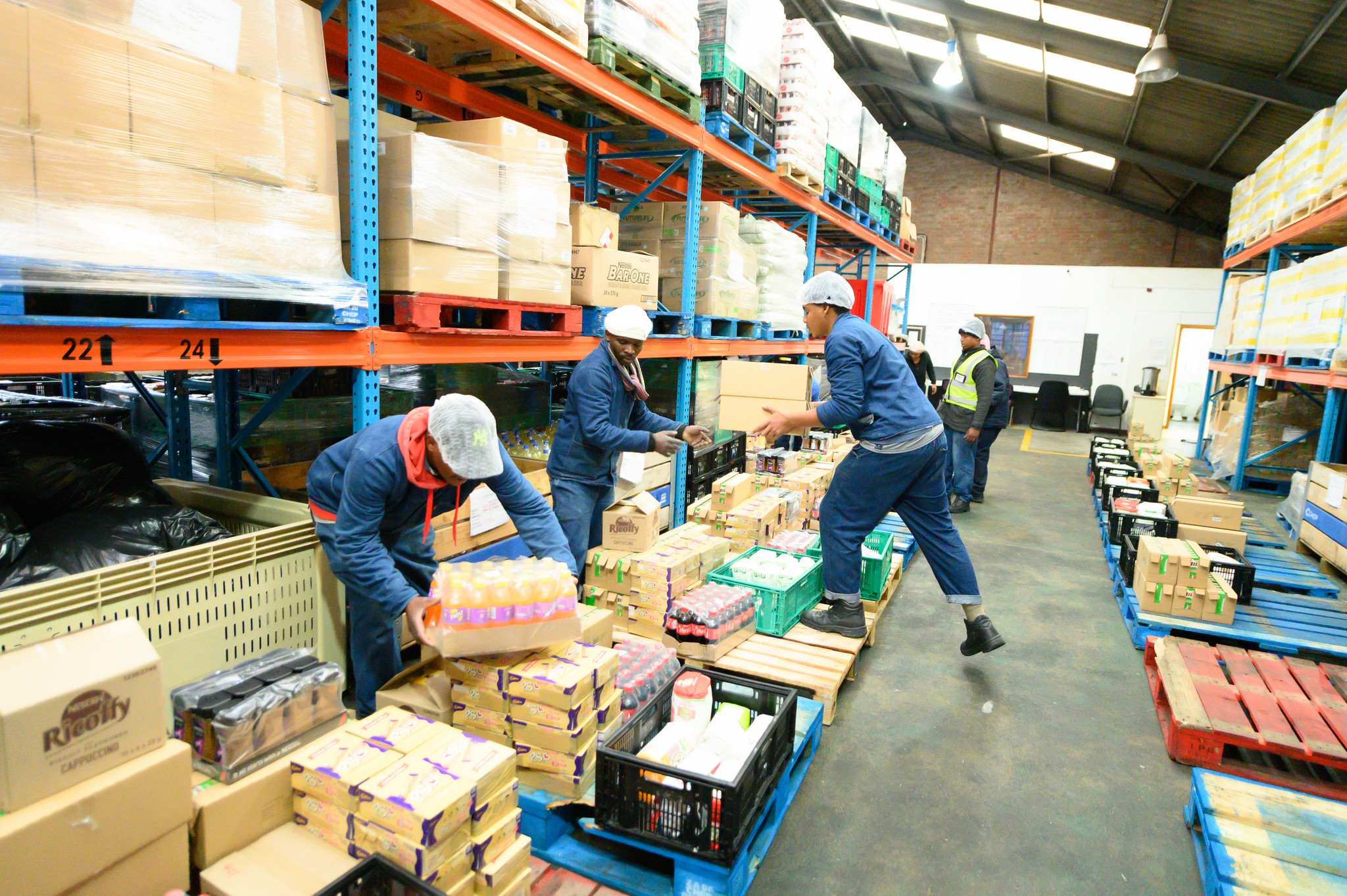
“GFN played a vital catalytic role,” said Alan Gilbertson, a longstanding supporter of what would become FoodForward SA and former chair of GFN’s Board of Directors. “Its credibility attracted invaluable support from leaders in the public, private, and third sectors. GFN’s vision and expertise then sparked unprecedented collaboration among existing hunger relief organizations. The combination rapidly provided a firm foundation for the new national organization.”
After two years of planning, carrying out feasibility studies, assessing needs, and building partnerships, Foodbank South Africa (now FoodForward South Africa) began serving the cities of Cape Town, Durban, Johannesburg, and Port Elizabeth.
“What made our work in South Africa so innovative was that this was the first time we had taken on a project of this size,” said Chris Rebstock, director of field services at GFN. “It was our first real exploration into a country where the food bank model did not yet exist.”
That exploration turned into an enduring success and laid the groundwork for future food bank launches.
One key to FoodForward SA’s establishment was the creation of distinct business, financial, fundraising, and food distribution plans for each location that honored the unique needs of the communities they operated in. Such preparation—in close collaboration with local leaders and experts as well as partners across the supply chain—is now a cornerstone of GFN’s approach, and it was essential for the food bank to address hunger and food loss and waste in South Africa. Critically, this was underpinned by the development of a national brand and shared food banking standards.
“The food banking concept was not well known in South Africa at the time,” said Andy Du Plessis, managing director of FoodForward SA. “Thanks to the passion, foresight, and guidance from GFN, we were able to set up a national network and establish partnerships with farmers, manufacturers, and retailers, along with a network of registered community organizations that could use this food to augment their existing food programs, significantly reducing the cost of procuring food.”
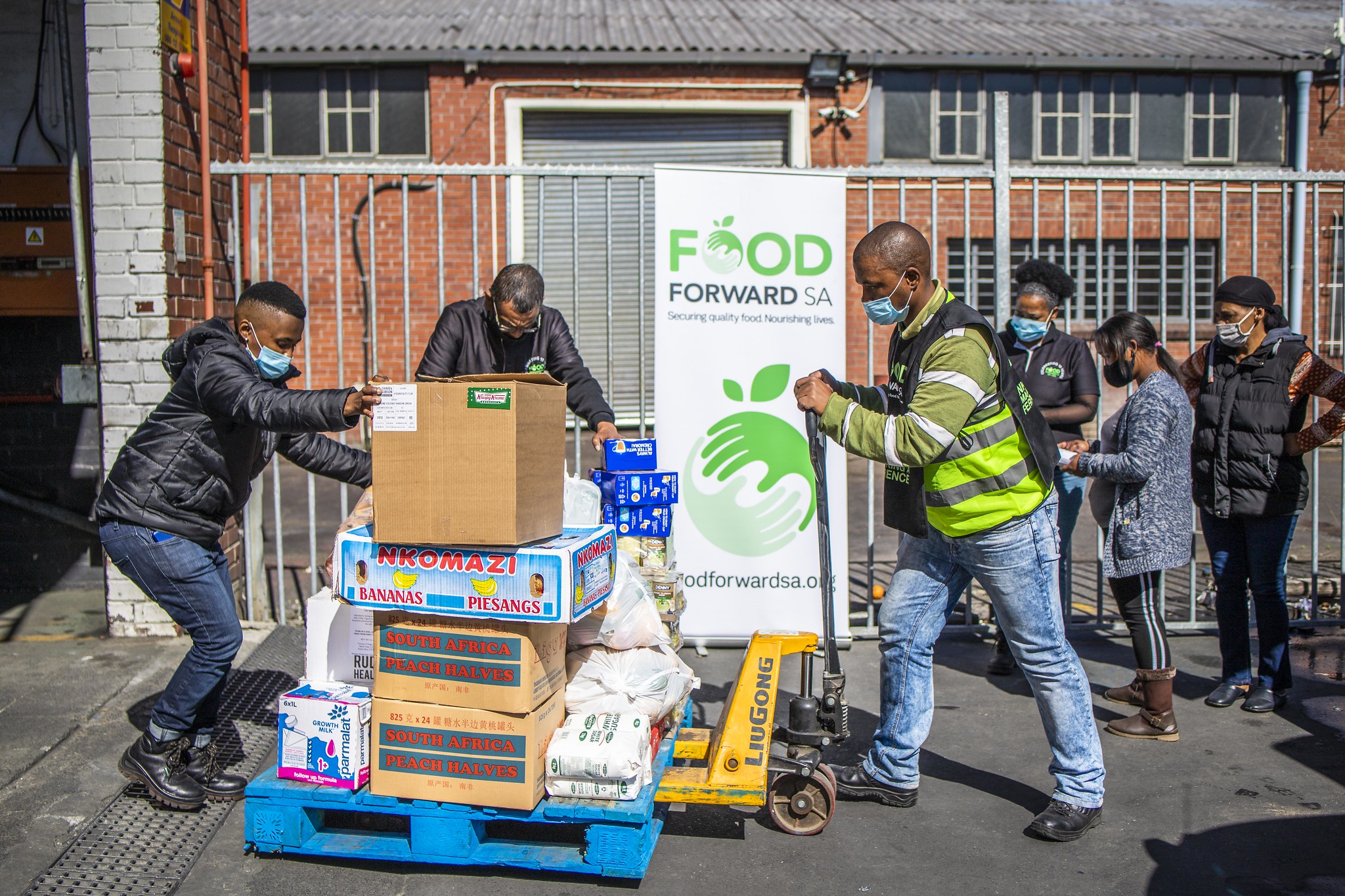
Today, FoodForward SA reaches nearly 850,000 people daily through a network of 1,500 community service agencies in all nine South African provinces, prioritizing vulnerable populations like children, orphans, seniors, and people living with autoimmune diseases. FoodForward SA also built an extensive agricultural recovery program that collects surplus fruit and vegetables directly from farmers then transports that produce to rural communities.
But FoodForward SA didn’t see that level of success overnight.
“Our growth over the past 12 years has not been easy,” said Du Plessis. “Sourcing food has been a challenge, mostly because of legislation that limits food recovery and the time it takes to build the trust of corporate partners. But because of my team’s work and dedication, food banking is more popular now and seen as an integral food security solution in South Africa.”
For GFN, there were a lot of growing pains and lessons learned over those initial two years and the years that followed as we worked alongside the food bank to ensure success.
“For example, everyone involved learned that more pre-launch training and post-launch monitoring would have been helpful in assessing challenges and opportunities that could improve the food bank’s operations,” said Rebstock. “We also learned that while such assistance was necessary at the start, we wanted to make sure local leaders had autonomy to own this experience, as they know best what works in their community.”
Over the last 15 years, we’ve leaned on the lessons learned from the FoodForward SA experience to support the development and launch of food banks in coordination with partners in more than 20 countries. And as a natural extension of that work, we launched the Phát triển Ngân hàng Thực phẩm Mới chương trình in April 2021, which helps new and prospective food bank leaders assess the need for a food bank in their community, explore available food and financial resources, move forward with operational planning, and advocate for legislation that advances the impact of food banking.
We’ve come a long way since the launch of our first national food bank system—and anchored by our successes and our tireless dedication to hunger alleviation, we’re convinced that food banking is just getting started.
Tìm hiểu thêm về những cải tiến độc đáo khác hỗ trợ các nỗ lực xóa đói giảm nghèo trong các cộng đồng trên khắp thế giới.
